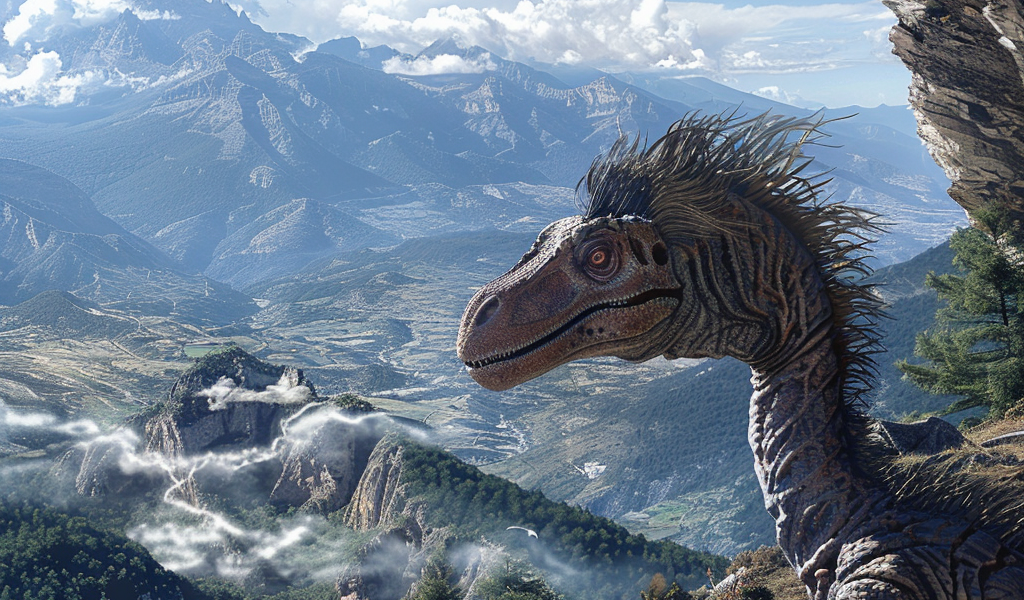Travel back in time to explore the exceptional geological heritage of the Pyrenees, where ancient titanosaur dinosaurs once roamed over seventy million years ago. The Pyrenees, located on the European continent, hold a rich history of geological transformations and extinct species.
Recently, in Pallars Jussà, remains of the Pararhabdodon isonensis dinosaur were unearthed. This dinosaur, which lived approximately 66 million years ago, boasted a distinctive bony crest on its head. The Pyrenees region is a treasure trove of fossils, extinct species, and unique geological structures, all bearing witness to the profound changes that have shaped the landscape over millions of years.
To make this geological heritage accessible to the public, the VIGEOCULT project, spearheaded by the University of Barcelona, is underway. This initiative aims to create a natural and interactive museum experience utilizing cutting-edge virtual and augmented reality technologies to showcase 4D geological reconstructions of the Pyrenees’ evolution over the past 550 million years.
Professor Josep Antoni Muñoz leads the VIGEOCULT project, with a team of experts from the University of Barcelona’s Faculty of Earth Sciences and research institutes. Funded by NextGenerationEU/PRTR funds from the European Union, the project also involves collaborations with the Geoparc Orígens Association, the Institut Català de Paleontologia Miquel Crusafont (ICP), and the company RECURSIVA S.L.
The museum concept aims to offer visitors an immersive experience that delves into the geological and paleontological systems of the Pyrenees, shedding light on their influence on the landscape, human activities, and history. By connecting with the region’s geological and cultural heritage, the project seeks to enhance public understanding and appreciation of the Earth’s evolutionary processes and the impact of environmental changes over time.





